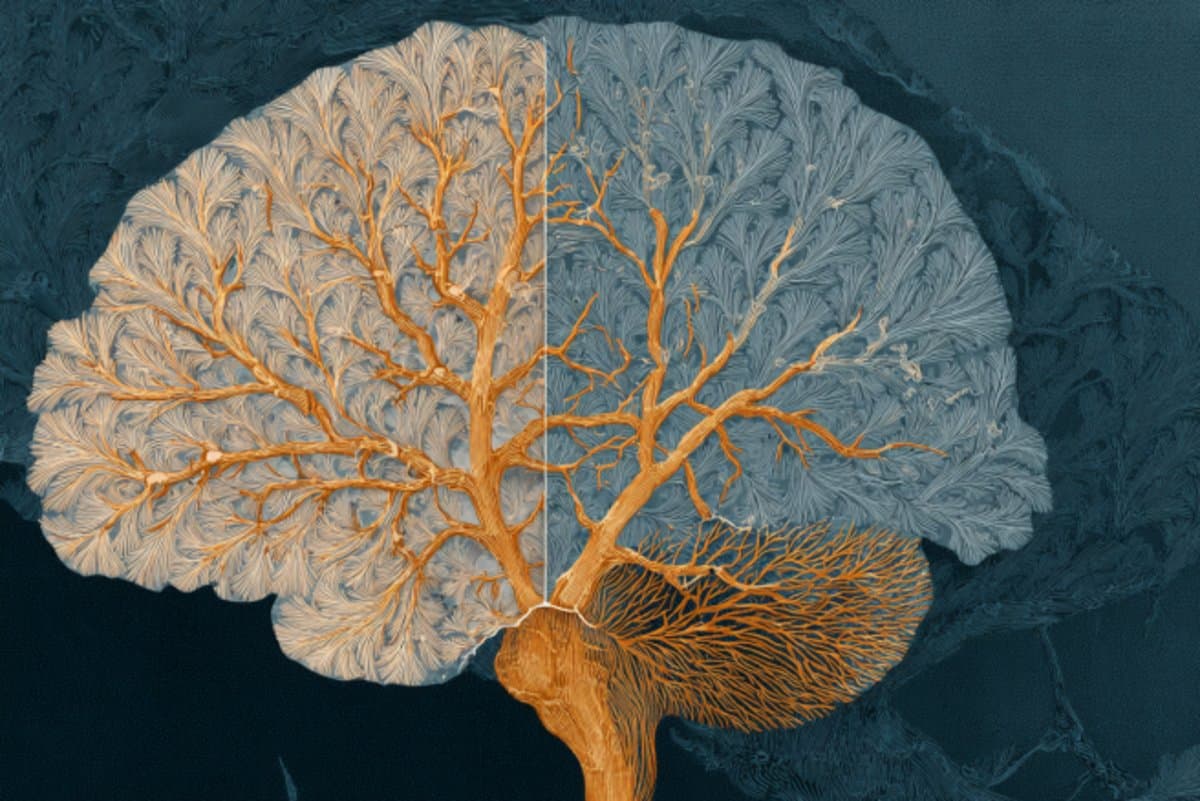Exploring the Shared Biological Roots of Autism and ADHD
Understanding the Neurological Ties Between Autism and ADHD
Recent research has made significant strides in uncovering the intertwined neurological patterns of autism and ADHD. Traditionally, these conditions have been diagnosed based on observable symptoms, but new findings suggest a more profound biological intersection. Researchers highlight that shared brain connectivity patterns could redefine how we perceive, diagnose, and treat these disorders.Why Symptom Severity Matters More Than Diagnosis
The study emphasizes that the severity of autism symptoms, rather than a formal diagnosis, better aligns with brain connectivity patterns. This realization could lead to more tailored treatment approaches, focusing on individual neurological profiles rather than broad diagnostic categories.

Temple Grandin once said, "I am different, not less." This encapsulates the essence of focusing on the individuality within neurological conditions like autism and ADHD.
Shared Connectivity Patterns: An Overview
- Children with either condition exhibit overlapping brain connectivity patterns.
- Patterns were consistent regardless of a specific autism or ADHD diagnosis.
- Potential to develop interventions targeting shared neurological traits.
Implications for Treatment and Healthcare Practices
By better understanding the connectivity patterns shared by autism and ADHD, healthcare professionals can devise more personalized and effective therapeutic interventions. This shift towards individualized treatment plans aligns with broader trends in precision medicine.
For further insights, check out this recommended reading on the evolving landscape of neural disorders.
What This Means for Future Research
The study's revelations prompt a re-evaluation of research methodologies and the frameworks within neuropsychology. Future research could leverage this knowledge to explore new therapeutic modalities, further bridging the gap between autism and ADHD in both understanding and treatment.
Stay updated with the latest discussions on this topic on LinkedIn and other academic platforms.
In the essence of evolving scientific discovery, this study marks a pivotal moment in understanding the intersection of autism and ADHD. As we continue to unravel the mysteries of the human brain, the nuances of neurological connectivity promise exciting prospects for both diagnosis and intervention.
Explore related content on YouTube for visual deep-dives into brain mapping techniques and their applications in understanding neurodevelopmental disorders. These resources enhance comprehension and provide a multi-faceted view of ongoing research.
